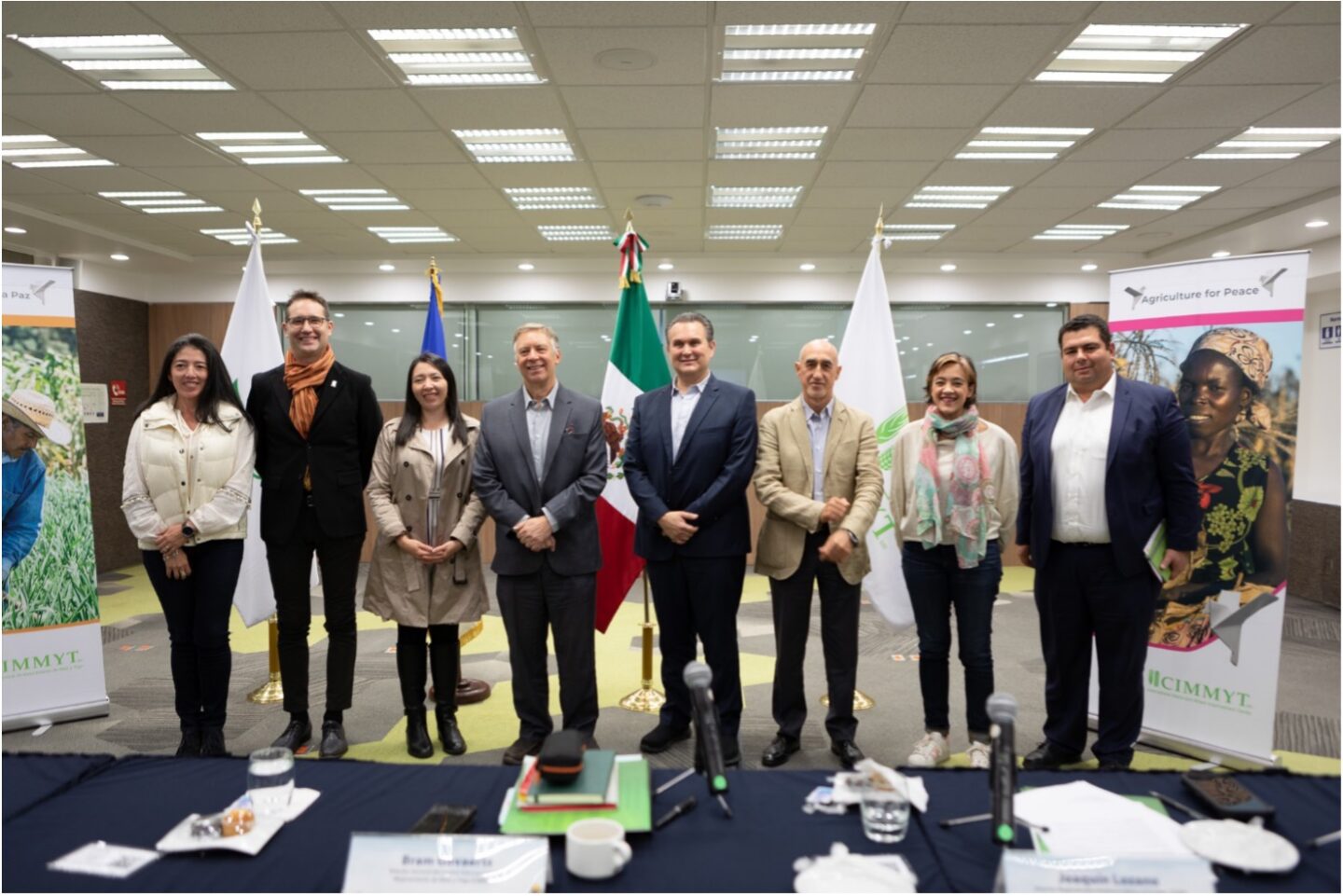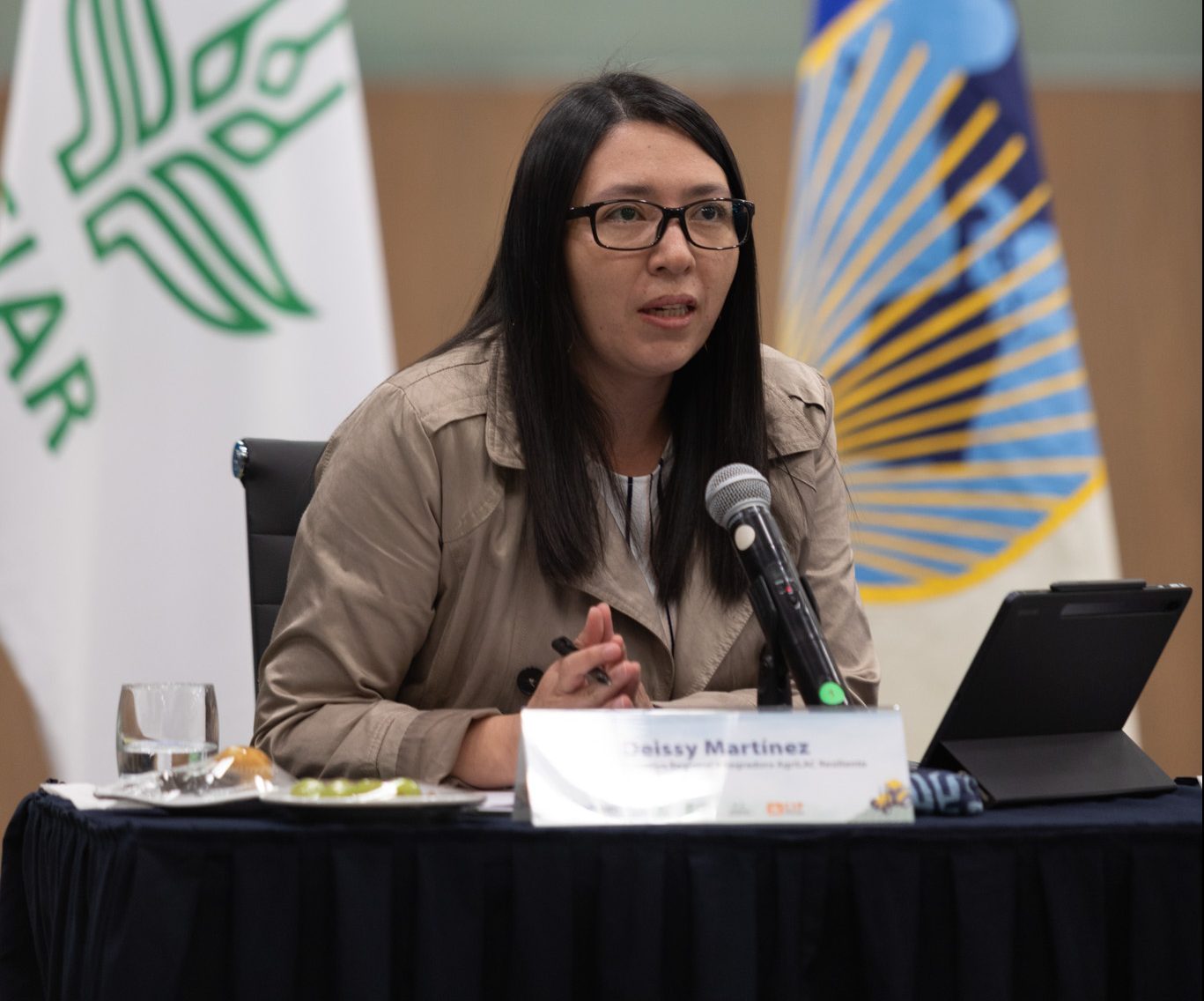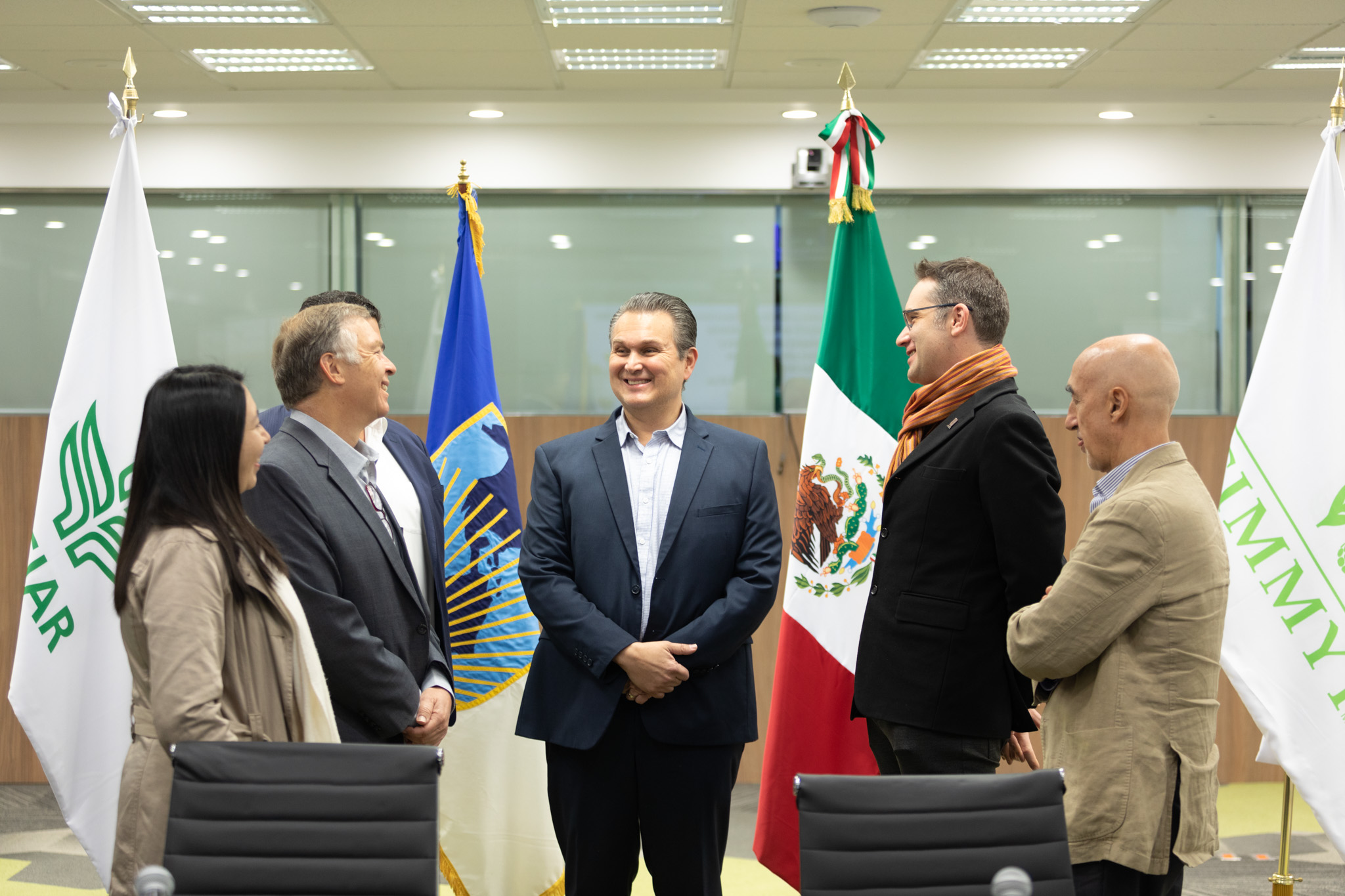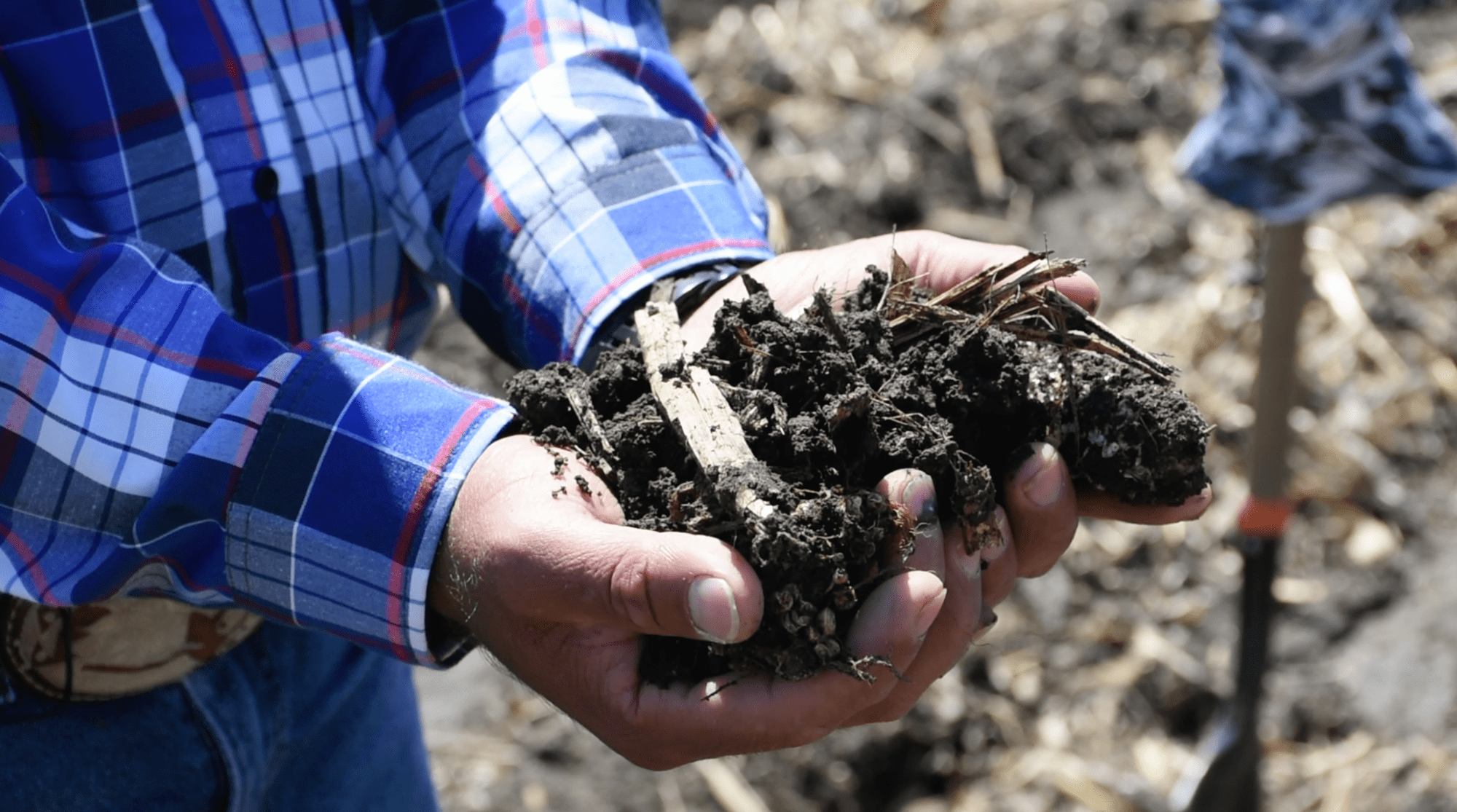
CGIAR’s Regional Office for Latin America and the Caribbean, in collaboration with the International Maize and Wheat Improvement Center (CIMMYT), organized an important roundtable discussion at the beginning of February on the Inter-American Development Bank (IDB) report entitled Competing in Agribusiness: Corporate Strategies and Public Policies for the Challenges of the 21st Century. The main objective of this event was to advance the search for shared strategies to strengthen agrifood systems in Latin America and the Caribbean.
According to representatives from both institutions, strengthening Latin America’s agrifood systems would allow the region to consolidate its position as a leader in agricultural exports and make a significant contribution to the development and prosperity of its societies.
In his opening address to more than 130 event participants who followed the roundtable webcasting from CIMMYT HQ in Mexico, the CGIAR’s Regional Director for Latin America and the Caribbean, Joaquín Lozano, praised the quality of the report and highlighted that it provides new perspectives on issues very closely related to the CGIAR’s mandate and work, such as innovation in agriculture, the importance of public goods, and the climate challenges affecting agrifood systems.
Lozano emphasized that, although agrifood systems have not traditionally been considered a suitable area for investment in innovation, this perception is changing thanks to science-based and precision agriculture. He further affirmed that the work of institutions dedicated to agricultural innovation and research, such as the CGIAR, make critical contributions to developing these areas.
“These forms of agriculture not only contribute to the development of agribusiness, but they could also be key to closing the technological, economic and social gap between modern and traditional agriculture,” he asserted. “For this to happen, there must be strong partnerships between scientific institutions, public authorities and development banks such as the IDB.”
Ernesto Stein, IDB Group representative in Mexico and coordinator of the team that prepared the report, also emphasized the key role that agriculture can play in the development and economic well-being of Latin American and Caribbean societies.

“Historically, it was thought that industrialization was the quickest path to development. However, this model has its limits. Moreover, agriculture has demonstrated that it can be not only a subsistence economic activity, but also an advanced production method,” he affirmed.
Stein warned that the success of this “alternative development strategy” is not automatic. The agrifood market requires higher and higher quality, sustainability and information standards, and meeting these requirements “depends on the development of new capacities.”
In this context, the IDB report describes 30 cases of agrifood companies, located in 12 Latin American countries, that have become successfully inserted into the market, and it analyzes the factors that have contributed to building these success stories.
These factors are related to value-addition strategies for agricultural products (meeting requirements of external markets; obtaining certifications; processing products with qualities that are especially valued by consumers; taking advantage of low-supply periods thanks to genetic innovation; developing by-products to optimize fresh produce that cannot reach markets; or creating a differentiated brand identity) and also to the model of productive organization (which the report divides into three: vertical integration companies [large-scale production companies with total control of all factors in the production process]; tractor companies [medium- or large-scale companies that contract production from small-scale producers]; and horizontal associative companies [such as cooperatives]).
The objective of the report is both descriptive and prospective, as the identification of these factors aims to inspire other companies and actors involved in defining rural development policies—especially governments—to help create conditions that will facilitate the replication or scaling-up of the models featured in the report.
The global presentation of the report was followed by the analysis of more specific questions. Speaking of the need for innovation in agriculture, Gustavo Crespi, from the IDB’s Competitiveness, Technology and Innovation Division, highlighted that “the innovation economy has always considered agriculture to be a sector of limited innovation. However, throughout the decades, agriculture has undertaken very significant productive and organizational transformations that have been underestimated.”
In fact, according to Crespi, agriculture is currently undergoing a complex transformation process, especially in the pre-cultivation, pre-harvest and post-harvest stages, that is successfully reducing the uncertainty associated with agriculture and greatly improving its efficiency.
Romina Ordoñez, from the IDB’s Rural Development, Environment and Disaster Risk Management Division, examined the environmental challenges affecting agricultural value chains and highlighted that these challenges also present opportunities, such as the fact that the environmental certification of an agricultural product allows it to generate additional income.
However, she warned that “the transition to more sustainable agriculture has an up-front cost that not everyone can afford.” Therefore, this transition requires the support of strong institutions —mainly public authorities, international organizations and development banks.
Subsequently, CGIAR commentators offered their perspectives from different angles. Valeria Piñeiro, from the Office for Latin America and the Caribbean at the International Food Policies Research Institute (IFPRI), also underscored the “key role that public goods must play in optimizing agricultural production systems.” According to Piñeiro, technological transformations must be accompanied by institutional and policy transformations.
Hugo Campos, Deputy Director General of Research at the International Potato Center (CIP, for its Spanish acronym), asserted that the event “could be a watershed in the way that we use innovation to generate value in agriculture.”

Likewise, Deissy Martinez, Leader of the CGIAR’s AgriLAC Resiliente Initiative, emphasized that “in agriculture, it is possible to generate value from sustainability,” and that this fact, “which today is exceptional, should be the norm.”
After a thought-provoking session of questions and answers moderated by Jesús Quintana, Managing Director for the Americas at the Alliance of Bioversity International and CIAT Bram Govaerts, Director General a.i. of CIMMYT, concluded the event.
Govaerts highlighted that the challenge is to “connect innovation systems with agricultural value-addition models, ensuring that they have an impact in the fight against poverty and that they foster inclusion.” He also underscored that Latin America needs to think about where it would like to be in 2100 and work together to meet its objectives and determine “the when, the how and the where of its efforts” to transform its agrifood systems.

The presenters’ and public’s diverse interventions confirmed the validity and relevance of the initial intuition that guided the IDB report and the event: strengthening agrifoods systems in Latin America and the Caribbean can make a decisive contribution to the development of the region and its societies. It was also clear that this objective can only be achieved through broad alliances that include the private and public sectors, large- and small-scale producers, investors, and national and international actors.
Access and download the report here.
Watch the video of the event here.
Read the original article: The IDB and CGIAR discuss the importance of strengthening agrifood systems in Latin America and the Caribbean

 Climate adaptation and mitigation
Climate adaptation and mitigation 
